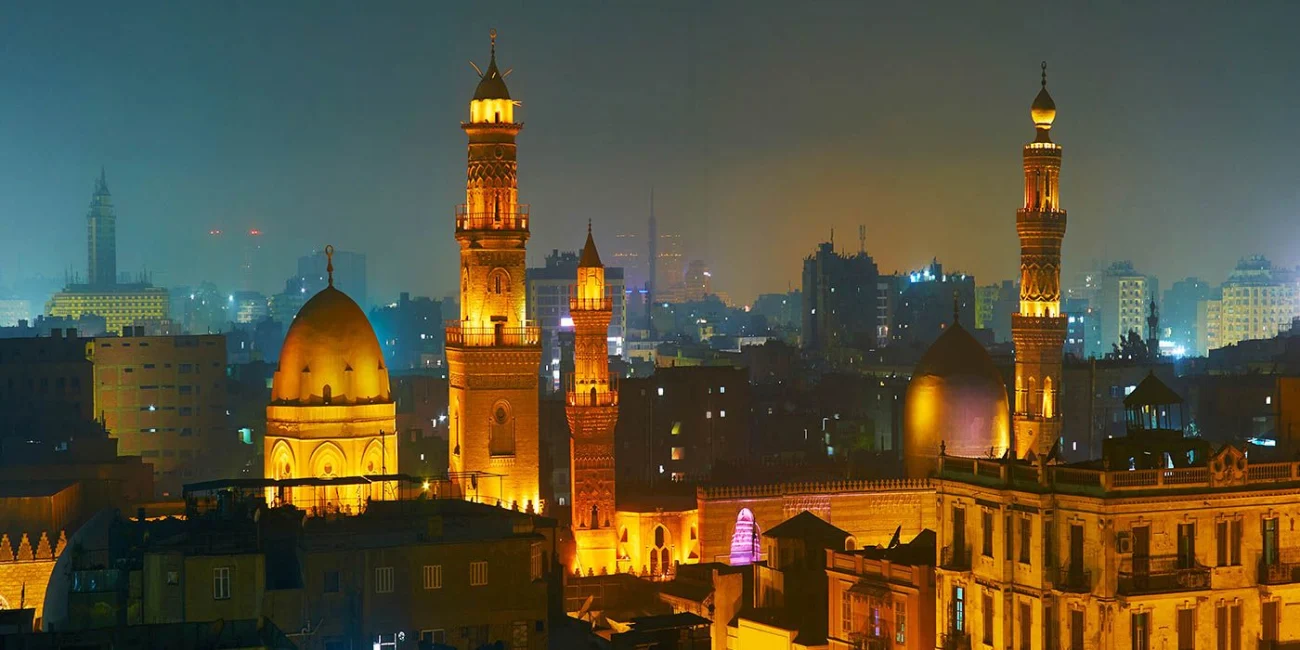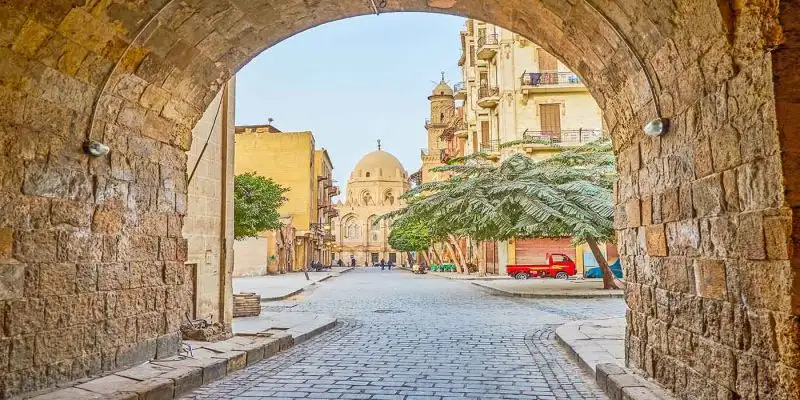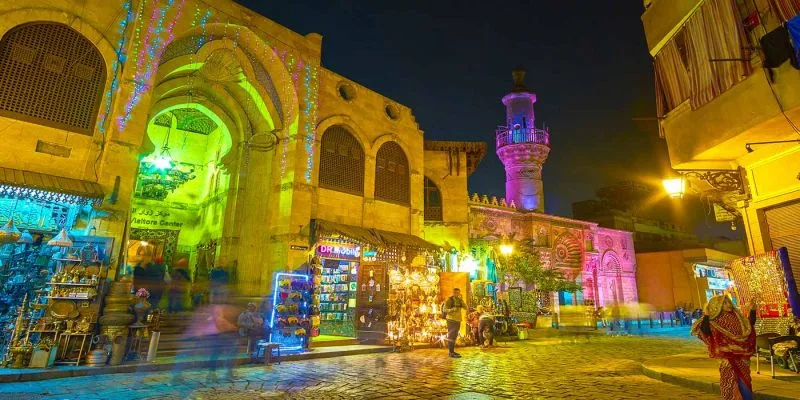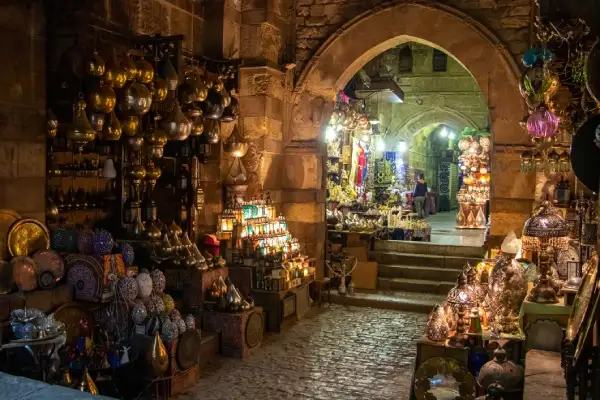Mamluk in Egypt & Ottomans History

Egypt’s story is shaped by many great civilizations, but few periods influenced the nation as deeply as the Mamluk era and the later Ottoman rule. For travelers exploring Cairo, Alexandria, or the historic cities along the Nile, understanding these two chapters of Egyptian history adds rich context to every mosque, madrasa, and marketplace encountered along the journey.
This guide offers a clear, friendly overview of Mamluk in Egypt and Ottoman history, designed to help visitors appreciate the architectural, cultural, and political legacies still visible across modern-day Egypt.
Why These Eras Matter to Today?
The Mamluk and Ottoman periods together span nearly seven centuries—from the mid-13th century to the late 19th century. During this time, Egypt became a center of scholarship, military power, trade, and artistic innovation.
Many of the country’s most iconic Islamic monuments, from the towering minarets of Cairo’s historic mosques to the sprawling urban complexes that line Medieval Cairo, were built under Mamluk or Ottoman patronage.
For visitors exploring Old Cairo, Islamic Cairo, or the Nile cities, knowing the backstory behind these eras transforms the experience from simple sightseeing to immersive time-travel through layers of Egyptian history.

The Mamluk Era in Egypt (1250–1517)
Who Were the Mamluks?
The term Mamluk means “owned” or “possessed,” referring originally to enslaved soldiers brought from Central Asia, the Caucasus, and Eastern Europe. Over time, these elite warriors rose to incredible power, eventually ruling Egypt and Syria independently.
Their unique system—where leadership passed through military merit rather than bloodline—created a dynamic, highly disciplined ruling class.
Rise of the Mamluk Sultanate
In 1250, after the fall of the Ayyubid dynasty, the Mamluks established their own sultanate in Egypt. Their victory against the Mongols at the Battle of Ain Jalut (1260) solidified their rule and protected the region from Mongol expansion. This battle remains one of the most celebrated events in Mamluk history in Egypt.
Mamluk Society and Governance
The Mamluk state operated through a hierarchical military elite who controlled land, markets, and administration. Cairo became the political center, while Alexandria flourished as a port city and trade hub linking the Mediterranean with the Red Sea and Indian Ocean.
Key Features of Mamluk Governance
- A military-based ruling system
- Patronage of Islamic education and jurisprudence
- Strong control over trade routes
- Flourishing arts and architecture
Art and Architecture: The Golden Age
Travelers walking through Old Cairo today will find the Mamluk legacy everywhere. Their architectural style is famous for its geometric stonework, tall minarets, soaring domes, and richly decorated interiors.
Must-See Mamluk Monuments in Cairo
- Sultan Hassan Mosque & Madrasa – considered one of the most impressive Islamic monuments in the world.
- Al-Nasir Muhammad Mosque within the Citadel.
- Qalawun Complex on Al-Muizz Street, a spectacular blend of hospital, madrasa, and mausoleum.
- Barquq Mosque and Madrasa – an architectural masterpiece of the later Mamluk period.
For travelers, these sites offer a glimpse into the peak of Islamic design, with a level of craftsmanship rarely matched in later centuries.
Trade, Culture, and Daily Life
Under Mamluk rule, Cairo became one of the world’s most cosmopolitan cities. Scholars, craftsmen, traders, and diplomats from across Africa, Asia, and Europe passed through the city’s gates. The spice trade flourished, and caravan routes linked Egypt with India, Arabia, and the Mediterranean.
Daily life revolved around markets (souqs), baths, religious schools, and caravanserais. Many of these historic centers remain active today and can be explored during city tours.
The End of the Mamluk Era
By the early 16th century, internal conflicts and external pressures weakened the Mamluk state. In 1517, the Ottomans conquered Egypt, marking the end of Mamluk political power. Yet, the Mamluks did not disappear. Instead, they continued to hold influence under Ottoman rule, shaping Egyptian society for centuries to come.

“Mamluk” means “owned” or “possessed,” describing slave soldiers who rose to rule Egypt and create Cairo’s medieval landmarks.
The Ottoman Period in Egypt (1517–1882)
The Ottomans Arrive: A New Chapter Begins
In 1517, Sultan Selim I incorporated Egypt into the vast Ottoman Empire. The takeover shifted Egypt from an independent sultanate to a powerful Ottoman province.
This period forms an essential chapter of Ottoman history, especially for travelers exploring Egypt’s mosques, markets, and historic neighborhoods.
Governance Under Ottoman Rule
The Ottomans introduced a provincial administration led by a governor (wali). However, the Mamluks, particularly powerful in Egypt, continued to run much of the local administration and land system. This created a dual power structure where Ottoman oversight blended with Mamluk influence.
Political Structure
- Wali (Governor) sent from Istanbul
- Mamluk beys who controlled taxes and local forces
- Janissaries stationed in Cairo
This blend of ruling groups made Egypt one of the empire’s most strategically important regions.
Economic and Cultural Life
Egypt remained a central economic hub in the Ottoman world. Its fertile Nile Valley supplied grain to Istanbul, while Cairo continued to thrive as a major urban center.
Key Pillars of the Ottoman Economy in Egypt
- Agricultural production along the Nile
- Pilgrimage routes to Mecca and Medina
- Textile and craft industries
- Harbor trade in Alexandria, Damietta, and Rosetta
For travelers, Ottoman influence can still be seen in traditional crafts, textile markets, and old caravan routes.
Ottoman Architecture in Egypt
While Egyptian architecture had long-standing local styles, Ottoman rule brought new artistic trends from Istanbul—particularly elegant domes, slender minarets, and tilework.
Notable Ottoman-Era Sites to Explore
- Mosque of Suleiman Pasha inside the Citadel (the first Ottoman-style mosque in Cairo)
- Mosque of Muhammad Ali (Alabaster Mosque), built during the rule of Muhammad Ali Pasha
- Ottoman houses and palaces in Cairo’s Darb al-Ahmar and Gamaliya districts
- Rosetta’s Ottoman mansions, famous for carved wood and mashrabiya windows
These locations offer some of the best opportunities to experience the blend of Ottoman and Egyptian artistic traditions.
The Rise of Muhammad Ali Pasha
By the early 19th century, Ottoman authority in Egypt weakened, allowing Muhammad Ali Pasha, an Albanian Ottoman officer, to rise to power. Although technically an Ottoman governor, he ruled Egypt almost independently and launched a massive modernization project.
Key Achievements of Muhammad Ali
- Reorganized the military
- Introduced industrial projects
- Reformed agriculture and irrigation
- Supported education and modern science
Many historians consider his era the beginning of modern Egypt. Travelers will notice his legacy at landmarks such as the Alabaster Mosque and various industrial sites along the Nile Delta.
The Decline of Ottoman Rule
By the mid-19th century, European powers—especially France and Britain—interfered increasingly in Egypt’s economy and politics. Financial crises, foreign debts, and administrative challenges weakened Ottoman-Egyptian control.
In 1882, Britain invaded Egypt, marking the end of Ottoman influence and the start of a new era.

Egypt became a major link in Ottoman trade networks, connecting Cairo, Alexandria, and Red Sea ports to the Mediterranean and Middle East.
Customize Your Dream Vacation!
Get in touch with our local experts for an unforgettable journey.
Plan Your Trip
What Travelers Can Experience Today
Even today, the streets of Cairo and the towns of the Nile Valley reflect both mamluk in egypt and ottomans history. Visitors can explore neighborhoods where centuries-old mosques, palaces, and markets still operate in their original urban settings.
Top Experiences Linking Mamluk and Ottoman Egypt
1. Walk Through Historic Cairo (UNESCO World Heritage Site)
Al-Muizz Street, Darb al-Ahmar, and Khan el-Khalili are living museums showcasing Mamluk and Ottoman craftsmanship.
2. Visit Cairo Citadel
A perfect place to see transitions between medieval, Mamluk, and Ottoman architecture.
3. Explore Alexandria and Rosetta
Ottoman houses, fortresses, and Mediterranean harbors reveal Egypt’s role in international trade.
4. Take a Nile Tour Through Old Cities
Many towns display Ottoman-era mosques, hammams, and administrative buildings.
5. Discover the Museums
The Museum of Islamic Art offers a remarkable collection from both periods, helping travelers visualize the evolution of design and daily life.

The Mamluk and Ottoman periods are more than historical chapters—they shaped the urban layout, artistic identity, and cultural heartbeat of Egypt as travelers see it today.
Understanding the stories behind these eras enhances every visit to Cairo’s landmarks, whether admiring Mamluk stonework or Ottoman domes rising over the city’s skyline.
For anyone interested in Ottoman history, Islamic architecture, or the evolution of Mamluk in Egypt, exploring these sites through Egypt tours offers a meaningful way to connect with the country’s past.
The Mamluk era shaped Cairo’s skyline, Islamic architecture, and Egypt’s political and economic systems. Many monuments and mosques still stand today.
The Ottomans ruled Egypt from 1517 until 1882, bringing Istanbul-style architecture and centralized governance to the region.
Key sites include Sultan Hassan Mosque, Al-Nasir Muhammad Mosque, Qalawun Complex, and Barquq Mosque on Al-Muizz Street.
Visitors can see the Mosque of Muhammad Ali, Ottoman houses in Cairo and Rosetta, and Suleiman Pasha Mosque in the Citadel.
Sultan Qalāʾūn, who ruled Cairo from 1279–1290, built the Qalāʾūn Mosque complex and strengthened Egypt’s political and military power.






















